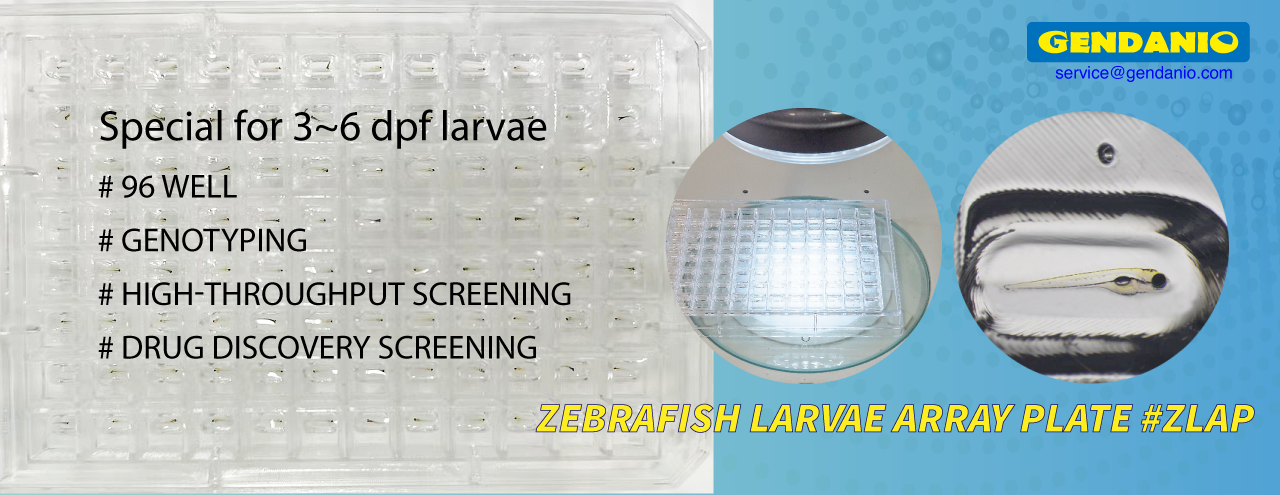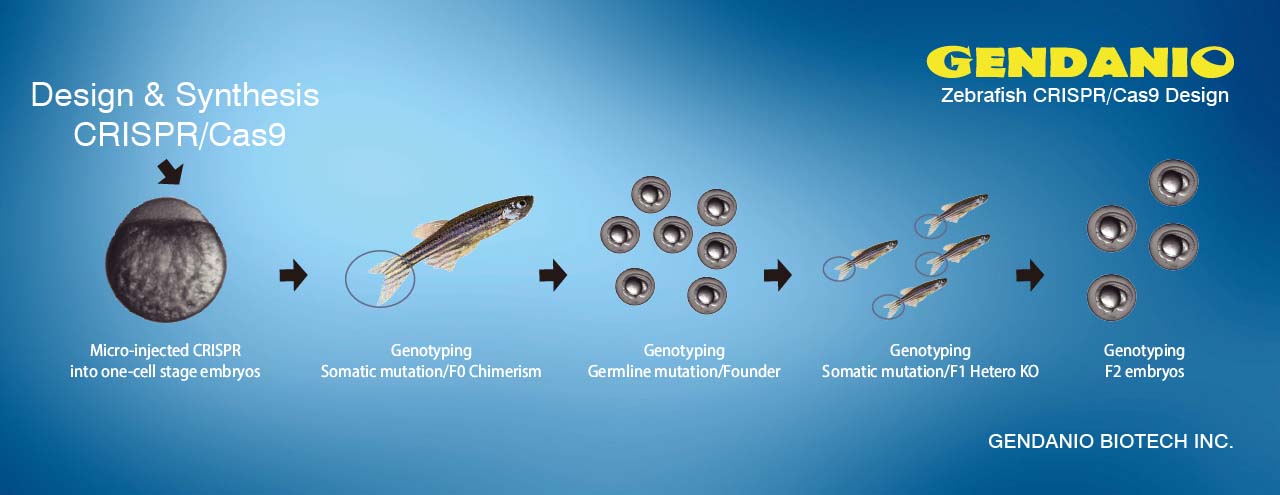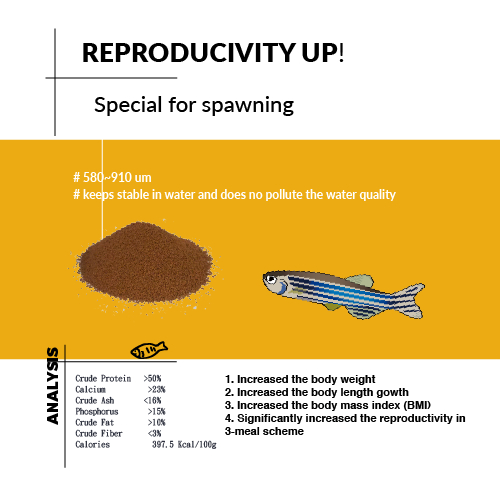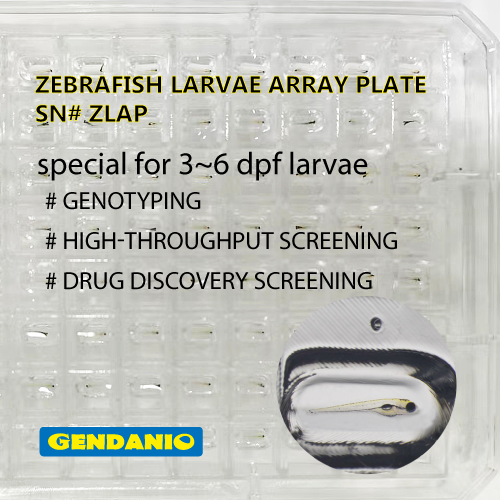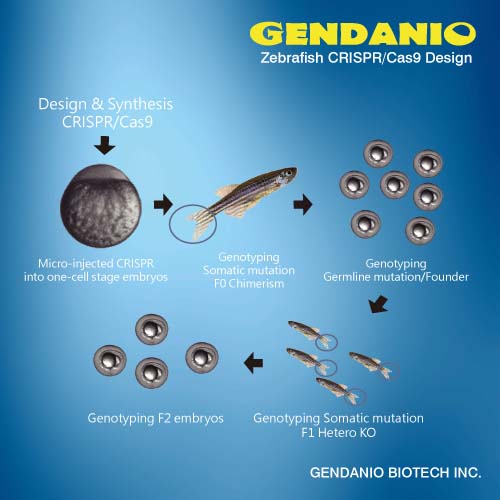ScienceDaily (Mar. 8, 2007) — Researchers at Texas A&M University are shedding light on a rare form of early blindness, identifying the cells involved and paving the way for possible therapies to treat or even prevent what is currently an incurable disease.
The findings, funded by Fight for Sight and the National Institutes of Health, are published in the March 5-9 online Early Edition (EE) of the Proceedings of the National Academy of Sciences.
Since his post-doctoral days at Harvard University, Texas A&M biologist Dr. Brian Perkins has been studying protein transport within photoreceptors--the rod and cone cells that allow organisms to detect their visual worlds--in zebrafish, a vertebrate whose eye physiology is essentially identical to that of a human.
Recently he became intrigued by a 30-year-old debate involving photoreceptor death--specifically, whether it was a cause or an effect--in choroideremia, an X chromosome-linked hereditary retinal degenerative disease that leads to blindness in an estimated one in every 100,000 people, beginning with severe loss of vision and night blindness as early as the pre-teen years and progressing to complete blindness by middle age.
Using a line of mutant zebrafish developed by Rockefeller University's Jim Hudspeth, Perkins and Texas A&M biology graduate student Bryan Krock zeroed in on a specific protein, the Rab escort protein-1 (REP1), which helps regulate intracellular traffic in the photoreceptors as well as a neighboring tissue called the retinal pigment epithelium (RPE).
In collaboration with the University of Western Kentucky's Joseph Bilotta, they observed that mutations in REP1 disrupt cellular processes in the RPE, causing photoreceptor death as a secondary consequence. Their results suggest therapies that correct the RPE may successfully rescue photoreceptor loss in choroideremia and even reverse the disease.
"For decades, no one knew if the photoreceptors were dying because of an internal trafficking defect or if they were dying as a secondary consequence of problems in the RPE," Perkins explains. "Previous research based on studies of human tissue said it was independent of the RPE. We wanted to see if that hypothesis was true. It turns out that it wasn't, but in making the wrong assumption, we found out something even more interesting--a different way to cause photoreceptor death."
"If you disrupt protein transport, you kill the cell," Perkins notes. "In this case, the transportation process in the photoreceptors was perfectly normal, but the neighboring RPE was defective, which is why the photoreceptors were dying."
"For this particular disease, we now have the reason why people go blind. If our results translate into treating humans, it should lead to design of potential therapies. But at the very least, it helped settle the controversy of why photoreceptors are failing and why people go blind. Knowing the right cell type to target is half the battle, and we're saying it's the RPE, not the photoreceptor, and that the functional gene can potentially be added back to the RPE using gene therapy."
In addition to being small, relatively inexpensive and suitable for large-scale genetic experiments, zebrafish make ideal research specimens in Perkins' eyes because they are model systems, both for treating human disease and for determining what's important.
"Most people think of mice, monkeys and other furry animals, rather than fish, when they think of research subjects for human diseases," Perkins says. "An advantage of zebrafish is the ability to inexpensively perform forward genetic screens. Using chemicals, we can induce random mutations throughout the genome. We then search through dozens of zebrafish families to identify mutant zebrafish with traits that resemble human diseases. We use the screen to look for specific traits we think are important, but we can't pre-select the gene that caused it."
"Rather than starting with a gene to mutate and hoping to generate a given trait, we select for the trait, then go find the mutated gene that caused it. We let nature and the organism tell us what's important and what's not."
Perkins says the next steps for his laboratory involve continuing investigation into protein transport processes and trying to find additional zebrafish models of photoreceptor-specific mutations that lead to additional causes of retinal degeneration and blindness.
Source: ScienceDaily


